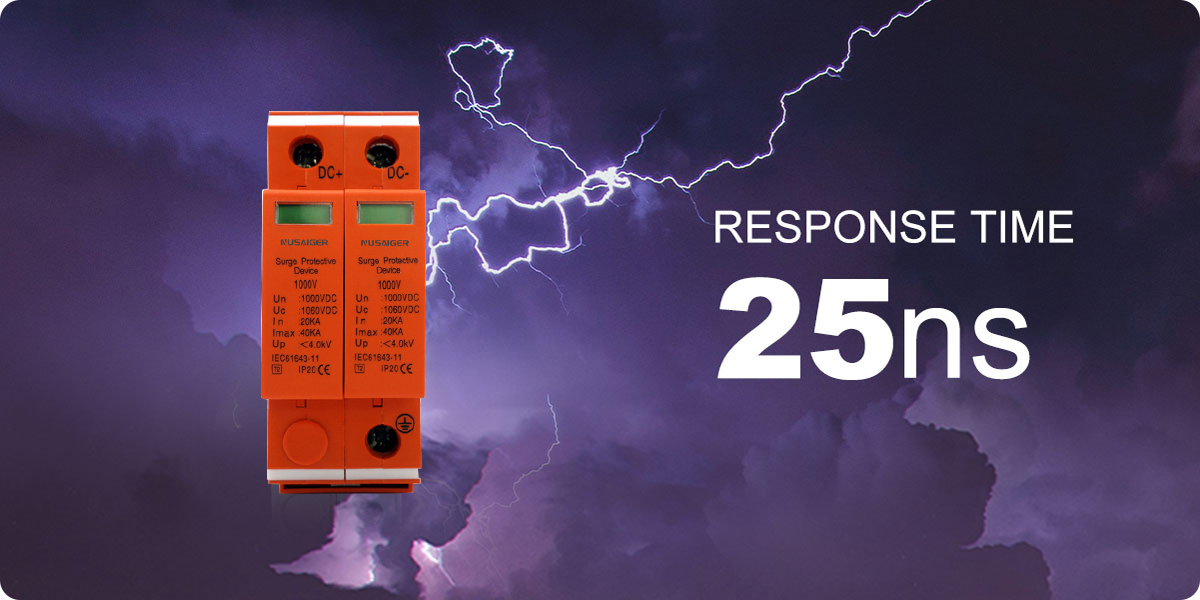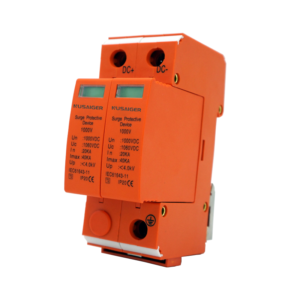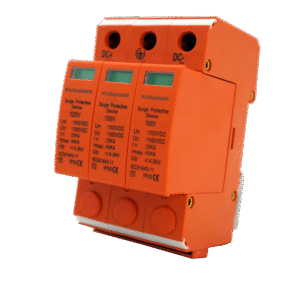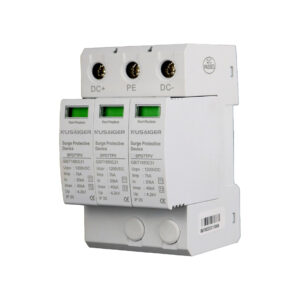Introduction: Why Surge Protection Matters
In our digital age, homes and businesses are filled with sensitive electronics: smart appliances, servers, medical equipment, HVAC systems, and more. These devices are vulnerable to power surges—brief spikes in electrical voltage that can cause irreversible damage. Surge Protective Devices (SPDs) are your first line of defense against such threats. This guide introduces what SPDs are, how they work, and why they’re essential.
What Is a Surge?
A surge, or transient overvoltage, is a short-duration increase in voltage above the designated level in a power system. It can originate from external sources such as lightning strikes or internal sources like switching of heavy equipment.
Definition of a Surge Protective Device (SPD)
An SPD is an electrical device designed to protect electrical installations and sensitive equipment from surge voltages by diverting excess energy to the ground. It ensures your system remains within safe voltage levels.
Types of SPDs
Type 1 SPD: Installed at the origin of the electrical installation (main service entrance), designed to handle high-energy surges like lightning.
Type 2 SPD: Installed at distribution panels; protects against residual surges.
Type 3 SPD: Point-of-use protection; used close to sensitive loads like computers or TVs.
How SPDs Work
SPDs detect overvoltage and instantly divert the excess current through a low-resistance path to the ground. This prevents the surge from reaching and damaging connected equipment. Components like Metal Oxide Varistors (MOVs) or Gas Discharge Tubes (GDTs) make this possible.
Common Applications of SPDs
Residential homes (TVs, washing machines, routers)
Industrial machinery
Data centers
Renewable energy systems (solar inverters, wind turbines)
Healthcare equipment
Why Every System Needs an SPD
Without SPDs, your system is exposed to:
Equipment failure and data loss
Expensive repairs or replacements
Downtime and safety hazards
SPD vs Circuit Breaker: What’s the Difference?
Circuit breakers protect against overcurrent (short circuits or overloads). They do not protect against voltage spikes. SPDs specifically deal with overvoltage surges, making them a complementary safety device.
Conclusion
Surge Protective Devices are critical to ensuring the safety, reliability, and longevity of your electrical systems. Whether in a home or industrial setting, installing the right SPD is a smart and necessary investment.



